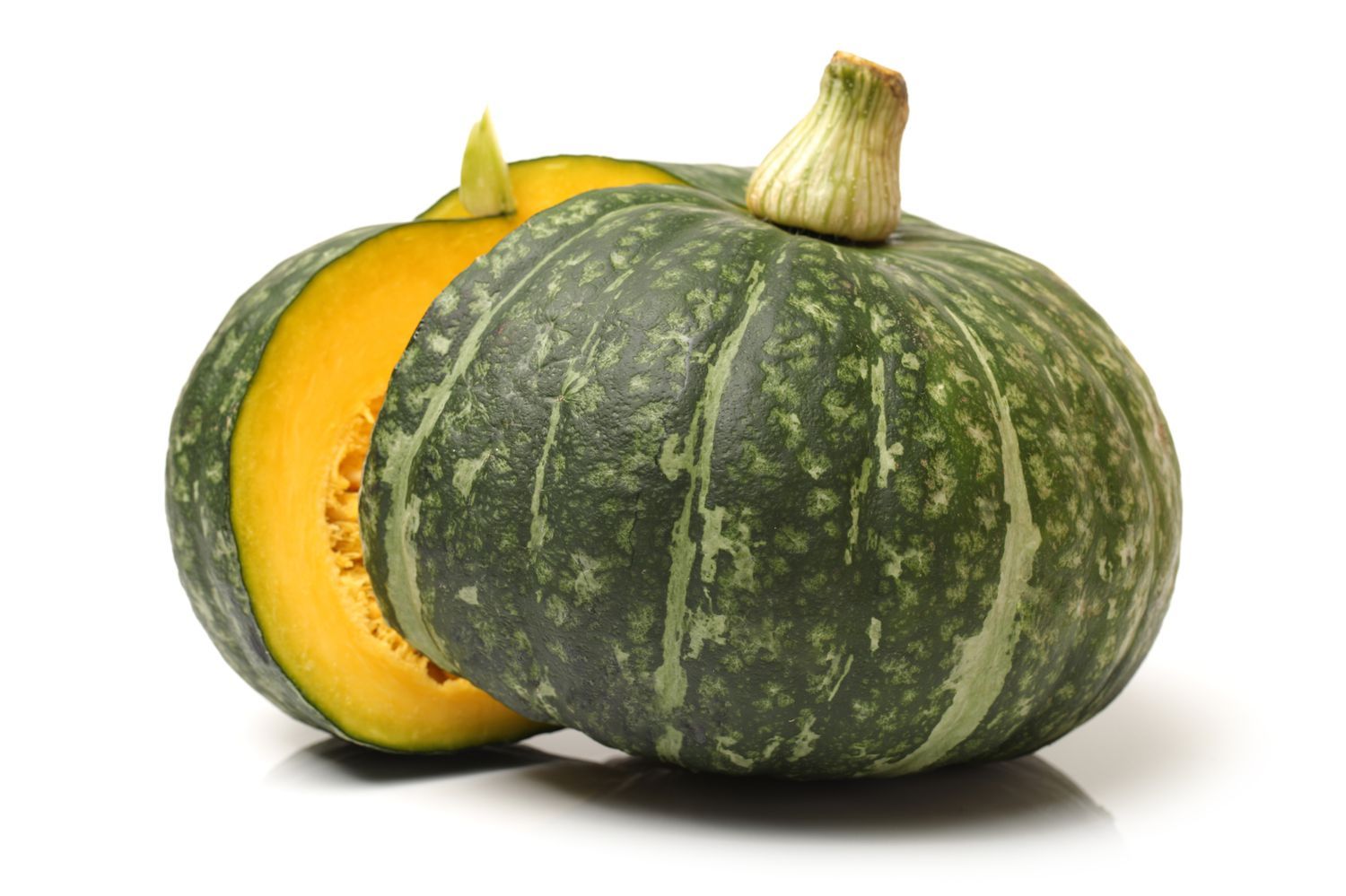

Articles
How To Store Kabocha Squash
Modified: August 16, 2024
Learn the best techniques for storing kabocha squash with our helpful articles. Keep your squash fresh and flavorful for weeks!
(Many of the links in this article redirect to a specific reviewed product. Your purchase of these products through affiliate links helps to generate commission for Storables.com, at no extra cost. Learn more)
Introduction
Kabocha squash, also known as Japanese pumpkin, is a versatile and flavorful vegetable that is packed with nutrients. Its sweet and creamy flesh makes it a perfect ingredient for a variety of dishes, from soups and stews to roasted vegetables and desserts. Whether you have harvested kabocha squash from your garden or purchased it from a local market, knowing how to properly store it is essential to extend its shelf life and maintain its quality.
In this article, we will guide you through the process of storing kabocha squash to ensure its freshness and taste for as long as possible. We will provide you with tips on selecting the perfect squash, cleaning and preparing it, and offer different methods for storing both whole and cut kabocha squash. Additionally, we will discuss how to freeze kabocha squash if you want to preserve it for an extended period.
By following these storage techniques, you can enjoy the deliciousness of kabocha squash throughout the year, even when it’s not in season. So, let’s dive in and explore the best practices for storing this delightful vegetable!
Key Takeaways:
- Kabocha squash, with its sweet and velvety flesh, can be stored whole in a cool, dry place or cut and refrigerated for a few days. Freezing is also an option for long-term storage, preserving its flavor and texture.
- To extend the shelf life of kabocha squash, handle with care, avoid excess moisture, and use the oldest pieces first. Consider freezing or canning surplus squash for future enjoyment, maximizing its deliciousness all year round.
Read more: How To Store Winter Squash
Understanding Kabocha Squash
Kabocha squash is a winter squash variety native to Japan. It is prized for its sweet, dense, and velvety flesh, which has a flavor reminiscent of a combination of sweet potato and pumpkin. The exterior of kabocha squash is green, and its shape resembles a small pumpkin or acorn squash. The rind of the squash is tough and can be somewhat challenging to cut through, but the effort is well worth it for the delicious flesh inside.
One of the reasons why kabocha squash is so popular is its nutritional profile. It is low in calories but high in fiber, vitamins, and minerals. It is an excellent source of vitamin A, C, and E, as well as potassium and beta-carotene. The vibrant orange flesh is an indication of the high beta-carotene content, which is beneficial for eye health and overall immune function.
Kabocha squash is commonly used in a variety of dishes, both sweet and savory. It can be roasted, steamed, baked, or pureed to create soups, curries, pies, and even ice creams. Its natural sweetness makes it a great substitute for other types of squash or pumpkin in recipes, adding a unique and rich flavor to the dishes.
When selecting kabocha squash, look for ones that have a firm and heavy feel. The skin should be smooth and free from blemishes or soft spots. Avoid squash with cracks or mold, as they may indicate spoilage. It is also important to choose squash that feels dense and sounds hollow when tapped, as this indicates that the flesh is mature and flavorful.
Now that we have an understanding of what kabocha squash is and its nutritional value, let’s move on to the next step: selecting the perfect kabocha squash for storage.
Selecting the Perfect Kabocha Squash
When it comes to storing kabocha squash, selecting the right squash is crucial. By choosing a high-quality squash, you can ensure optimal flavor and texture, as well as an extended shelf life.
Here are some tips for selecting the perfect kabocha squash:
- Look for a firm texture: The squash should feel dense and heavy when you pick it up. Avoid squash that feels light or hollow, as this may indicate that it is underripe or dried out.
- Inspect the skin: The skin of the squash should be smooth and free from blemishes or cracks. Avoid squash with soft spots or mold, as these are signs of spoilage.
- Check the color: Kabocha squash typically has a dark green skin, but there may be variations. Look for a vibrant and consistent color, avoiding squash that appear faded or discolored.
- Tap the squash: Gently tap the squash with your knuckles. A mature squash will produce a hollow sound, indicating that the flesh is fully developed and flavorful.
It’s worth noting that size and shape do not necessarily indicate the quality of the kabocha squash. You can find small or large squash with equal taste and texture, so focus more on the above factors when making your selection.
If you have the opportunity, consider purchasing kabocha squash from local farmers’ markets or organic grocers. They are likely to offer fresher and more flavorful options compared to mass-produced squash found in big supermarkets.
By carefully selecting your kabocha squash, you’ll set the foundation for successful storage and delicious dishes in the future. Now that you know how to choose the perfect squash, let’s move on to the next step: cleaning and preparing kabocha squash before storage.
Cleaning and Preparing Kabocha Squash
Before storing kabocha squash, it is important to clean and prepare it properly. This helps remove any dirt or contaminants and ensures that the squash is ready to be stored in an optimal condition.
Here are the steps to clean and prepare kabocha squash for storage:
- Wash the squash: Start by rinsing the kabocha squash under cool, running water. Use a brush or sponge to gently scrub the surface of the squash, removing any dirt or debris.
- Dry the squash: After washing, pat the squash dry with a clean kitchen towel or paper towels. Ensuring that the squash is completely dry helps prevent the growth of mold or bacteria during storage.
- Cut off the stem: Use a sharp knife to carefully cut off the stem of the kabocha squash. This will make it easier to handle and prepare the squash for storage.
- Optional: Remove the seeds (if desired): If you plan to store the squash whole, you can skip this step. However, if you prefer to store the squash in pieces, you can scoop out the seeds using a spoon or ice cream scoop.
- Cut into desired pieces (if desired): If you prefer to store the kabocha squash in smaller pieces, you can cut it into chunks or slices. Make sure to use a sharp knife and exercise caution when cutting through the tough skin.
Once you have finished cleaning and preparing the kabocha squash, you can proceed to the appropriate storage method based on whether you are storing the squash whole or in pieces. In the next sections, we will discuss the steps for storing both whole and cut kabocha squash.
Properly cleaning and preparing the squash sets the stage for successful storage and maintains its quality over time. Now that you know how to clean and prepare kabocha squash, let’s move on to the next step: storing whole kabocha squash.
Storing Whole Kabocha Squash
Storing whole kabocha squash is a straightforward process that helps maintain its freshness and flavor for an extended period. Here are the steps to store whole kabocha squash:
- Find a cool and dry location: Choose a location where the temperature ranges between 50-60°F (10-15°C) and has low humidity. This kind of environment helps prevent the squash from rotting or sprouting prematurely.
- Avoid direct sunlight: Keep the squash away from direct sunlight as it can cause the squash to spoil or deteriorate quickly.
- Place the squash in a single layer: Ideally, store the whole kabocha squash in a single layer. This allows for better air circulation and prevents any potential pressure points that could lead to bruising or rotting.
- Check regularly for signs of spoilage: While kabocha squash can be stored for several weeks to a few months using this method, it’s essential to check on them regularly. Remove any squash that shows signs of spoilage, such as soft spots, mold, or an unpleasant smell. This helps prevent the spread of spoilage to other squash.
By storing whole kabocha squash in a cool and dry environment, you can extend its shelf life and enjoy its delicious taste and texture for an extended period.
Now that you know how to store whole kabocha squash, let’s move on to the next section: storing cut kabocha squash.
Store kabocha squash in a cool, dry place with good air circulation, such as a pantry or cupboard. Avoid storing in the refrigerator, as it can cause the squash to spoil more quickly.
Read more: How To Store Squash In The Fridge
Storing Cut Kabocha Squash
If you have cut kabocha squash into smaller pieces and would like to store them for later use, there are a few steps you can follow to ensure their freshness and quality. Here’s how to store cut kabocha squash:
- Wrap the cut pieces: Take each cut piece of kabocha squash and wrap it tightly in plastic wrap or place it in an airtight container. This helps prevent moisture loss and keeps the squash from drying out.
- Label and date the packaging: It’s important to label and date the wrapped or containerized cut kabocha squash so that you can keep track of its freshness.
- Store in the refrigerator: Place the wrapped or containerized cut kabocha squash in the refrigerator. The cool temperature of the refrigerator helps slow down the spoilage process and keeps the squash fresh for a few days.
- Check for freshness: Regularly check the cut kabocha squash for any signs of spoilage, such as mold, sliminess, or off-putting smells. If you notice any of these signs, discard the affected pieces immediately to prevent contamination of the remaining squash.
It’s worth noting that cut kabocha squash has a shorter shelf life compared to whole squash. Ideally, try to use the cut pieces within a few days to maintain their flavor and texture. If you have a large quantity of cut kabocha squash that you won’t be able to consume within a few days, consider freezing the excess squash for long-term storage.
Now that you know how to store cut kabocha squash, let’s explore the process of freezing kabocha squash in the next section.
Freezing Kabocha Squash
If you find yourself with a surplus of kabocha squash or want to extend its shelf life even further, freezing is a great option. Freezing kabocha squash allows you to store it for an extended period without compromising its flavor and texture. Here’s how to freeze kabocha squash:
- Prepare the squash: Start by cleaning and preparing the kabocha squash as mentioned earlier. Remove the skin, seeds, and cut the squash into desired pieces or cubes.
- Blanch the squash: Blanching is a crucial step in the freezing process as it helps preserve the color, texture, and flavor of the squash. Bring a large pot of water to a boil and carefully add the kabocha squash pieces. Boil for about 2-3 minutes, then immediately transfer the squash to an ice bath to stop the cooking process.
- Drain and dry: After blanching, drain the squash well and pat it dry with a clean kitchen towel or paper towels. Removing excess moisture helps prevent ice crystals from forming and preserves the quality of the squash.
- Package for freezing: Place the blanched and dried kabocha squash pieces in freezer-safe bags or airtight containers. Make sure to remove any excess air from the bags or containers and seal them tightly.
- Label and date the packaging: Properly label the packaging with the contents and the date of freezing. This ensures you can keep track of the storage time and maintain freshness.
- Freeze: Place the packaged kabocha squash in the freezer, making sure to keep them in a flat and organized manner. This helps prevent them from sticking together and allows for easy portioning when needed.
Frozen kabocha squash can be stored in the freezer for up to 3-6 months. When you’re ready to use the frozen squash, thaw it in the refrigerator overnight or use the defrost function of your microwave. It’s important not to refreeze thawed kabocha squash, as it may affect the quality and taste.
By following these steps, you can conveniently freeze kabocha squash and have it readily available for future recipes.
Now that you know how to freeze kabocha squash, let’s move on to some tips on how to extend its shelf life even further.
Tips for Extending Shelf Life
To ensure the longest possible shelf life for your kabocha squash, here are some additional tips to keep in mind:
- Handle with care: Kabocha squash has a thick and tough skin, but it can still bruise if mishandled. Avoid dropping or roughly handling the squash to prevent unnecessary damage.
- Avoid washing before storage: While it’s important to wash the kabocha squash before preparing it, avoid washing it just before storage. Excess moisture can promote mold growth and reduce the shelf life of the squash.
- Separate spoiled pieces: If you notice any signs of spoilage, such as mold or soft spots, remove the affected pieces immediately. This prevents the spread of spoilage to the rest of the squash.
- Use the oldest first: When you’re ready to use the stored kabocha squash, make sure to use the oldest ones first. This ensures that none of the squash goes to waste and allows you to enjoy them at their freshest.
- Avoid storing near ethylene-producing fruits: Kabocha squash is sensitive to ethylene gas, which is released by certain fruits like apples, bananas, and pears. Keep squash away from these fruits to prevent premature ripening or decay.
- Consider canning or preserving: If you have a surplus of kabocha squash and want to preserve it for an extended period, consider canning or preserving it in the form of puree, soup, or jam. This allows you to enjoy the squash long after the harvest season.
By following these tips, you can maximize the shelf life of your kabocha squash and reduce food waste.
Now that we’ve covered various methods and tips for storing kabocha squash, let’s wrap up our article.
Conclusion
Kabocha squash is a versatile and delicious vegetable that deserves proper storage to maintain its freshness and flavor. By following the tips and techniques outlined in this article, you can extend the shelf life of kabocha squash and enjoy its delightful taste in a variety of dishes.
We started by understanding what kabocha squash is and its nutritional benefits. We then discussed how to select the perfect squash, emphasizing the importance of firmness, skin condition, and color. Proper cleaning and preparation were highlighted as essential steps in ensuring the squash is ready for storage.
We explored two main methods for storing kabocha squash: storing it whole and storing it in cut pieces. Storing whole squash in a cool, dry location helps maintain its freshness, while proper wrapping and refrigeration are important for storing cut squash. Freezing kabocha squash was also presented as an excellent option for long-term storage, following blanching and packaging steps.
To extend the shelf life of kabocha squash, we provided tips such as handling with care, avoiding excess moisture, removing spoiled pieces, and using the oldest squash first. We also mentioned the importance of keeping kabocha squash away from ethylene-producing fruits and offered the idea of canning or preserving excess squash for later use.
In conclusion, proper storage techniques and attention to detail can significantly prolong the shelf life of kabocha squash, allowing you to enjoy its wonderful taste and nutritional benefits long after harvest. So the next time you come across this delightful vegetable, you’ll be well-equipped to store it properly and create delicious dishes all year round.
Frequently Asked Questions about How To Store Kabocha Squash
Was this page helpful?
At Storables.com, we guarantee accurate and reliable information. Our content, validated by Expert Board Contributors, is crafted following stringent Editorial Policies. We're committed to providing you with well-researched, expert-backed insights for all your informational needs.
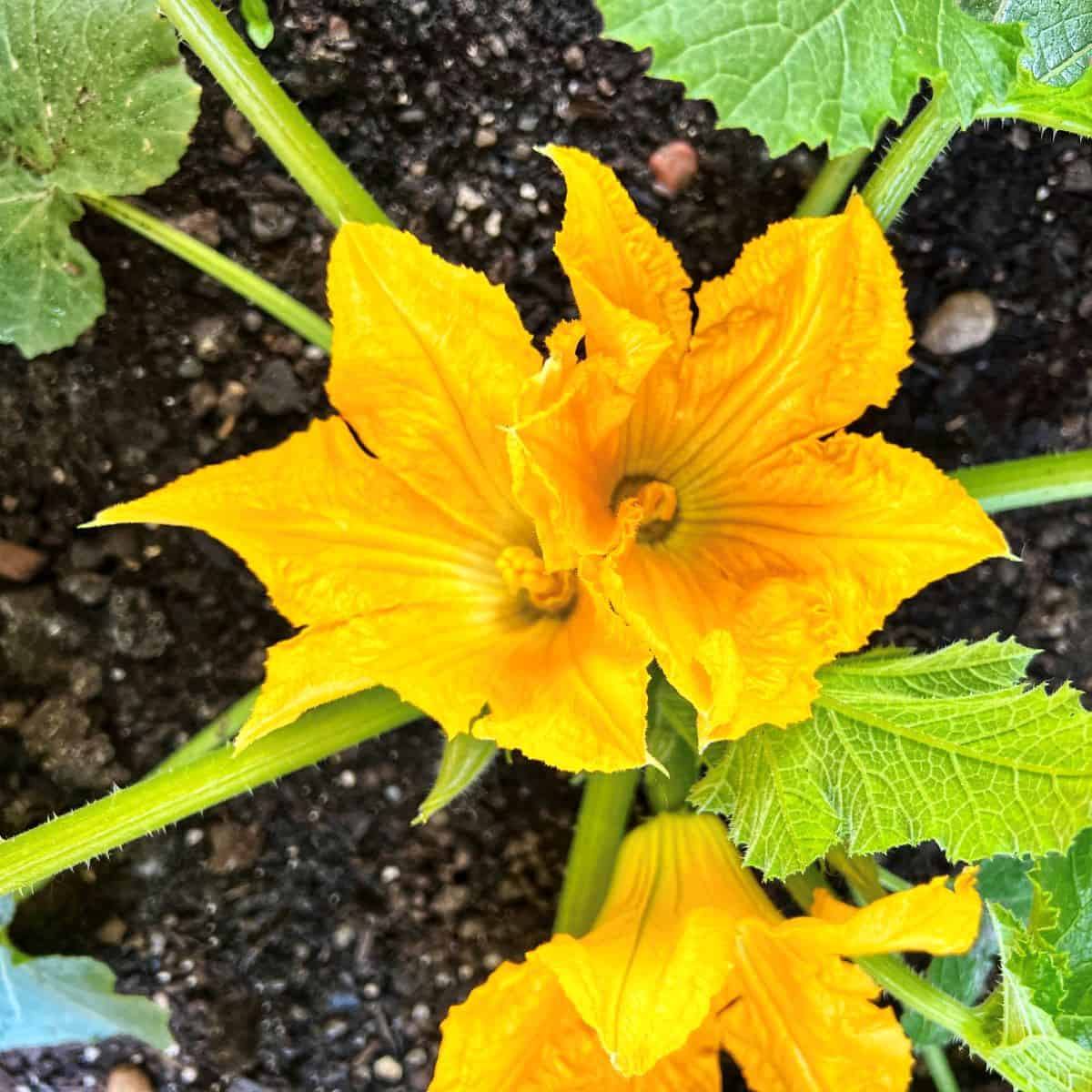
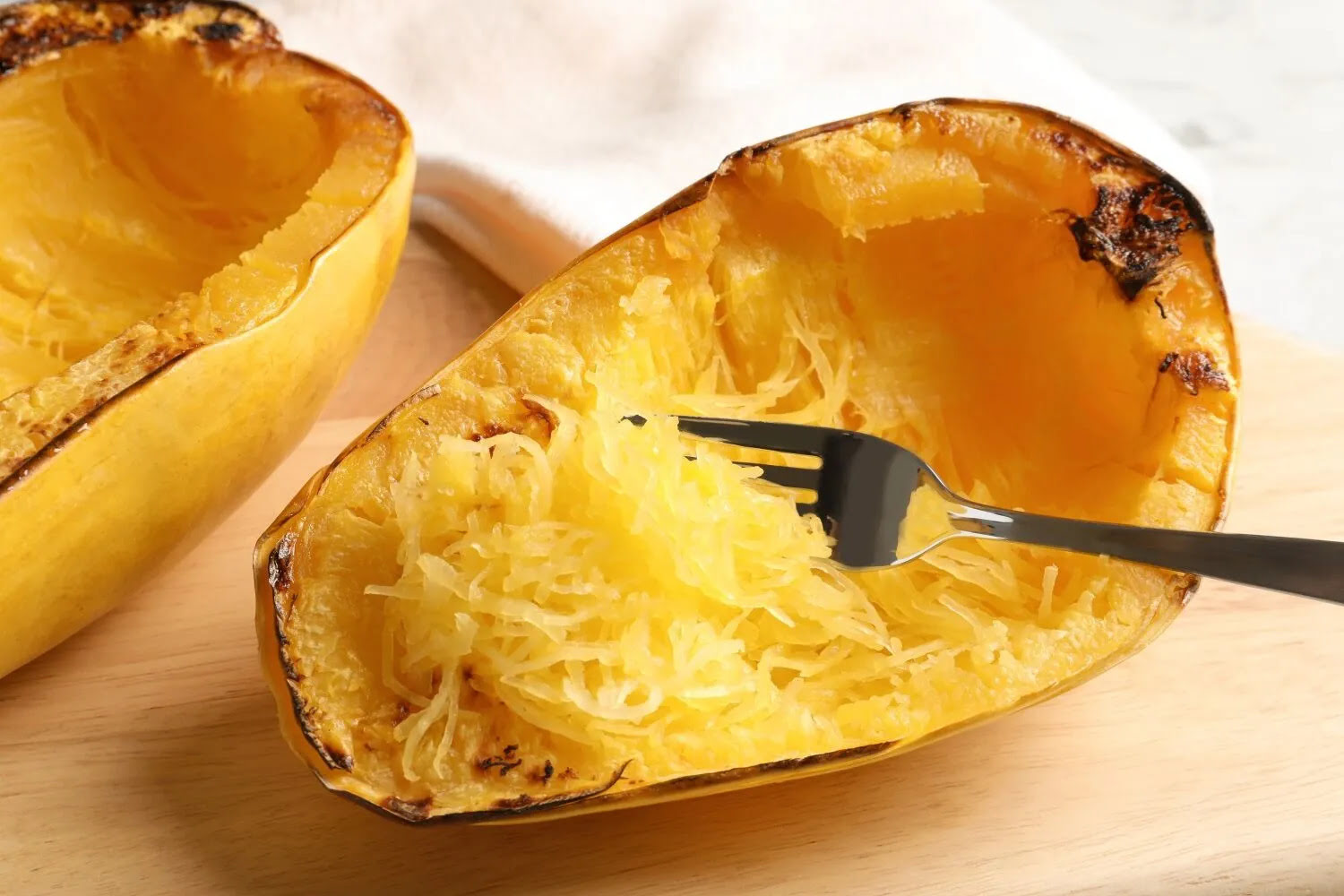
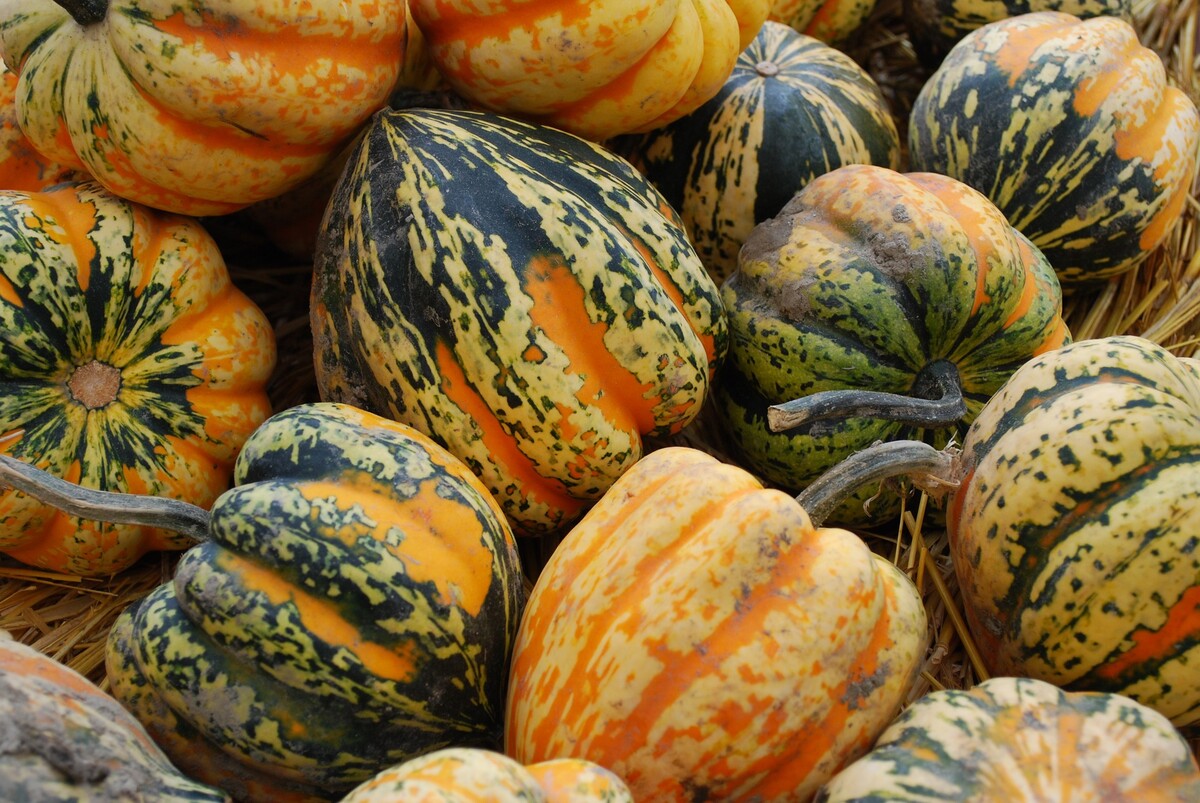
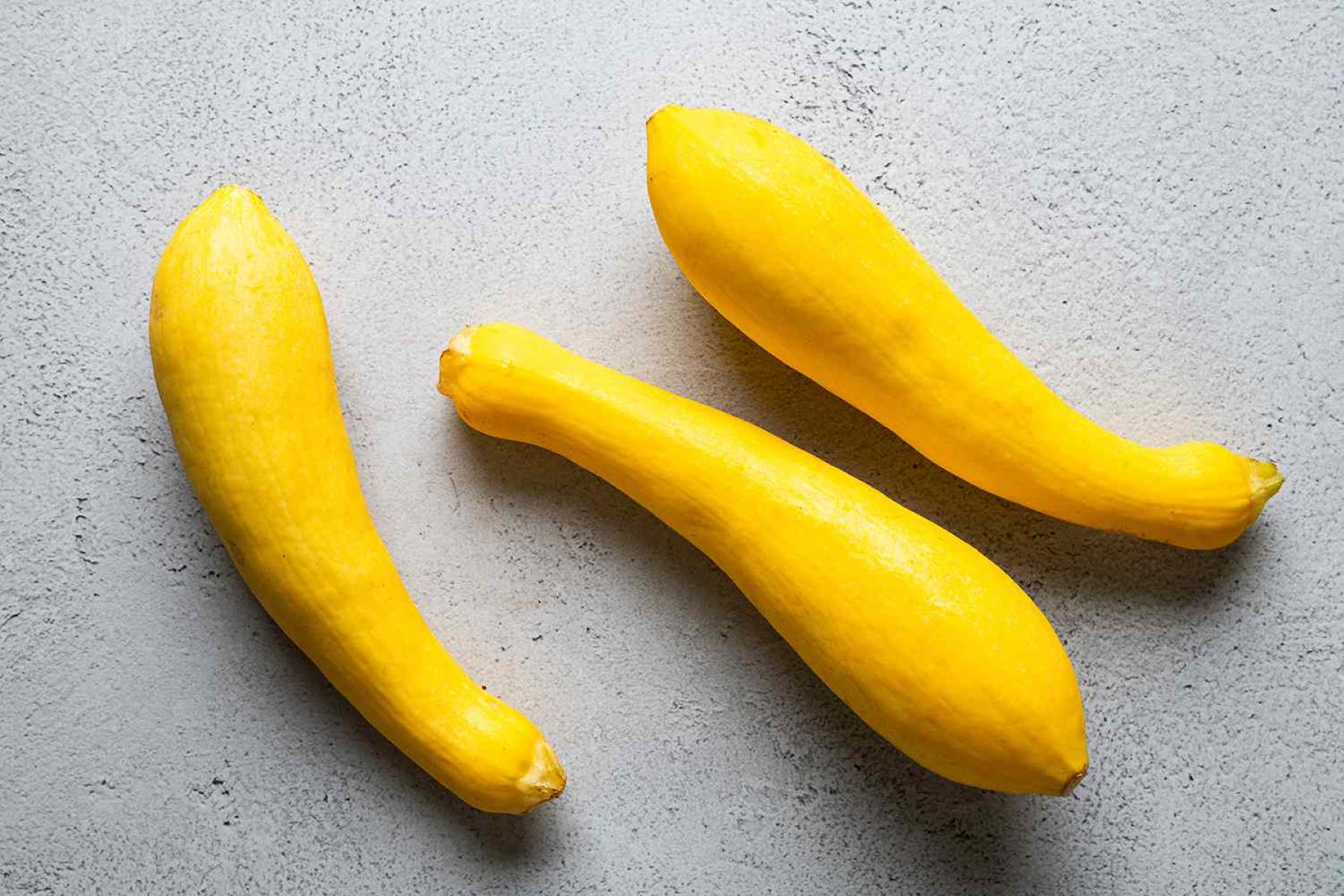
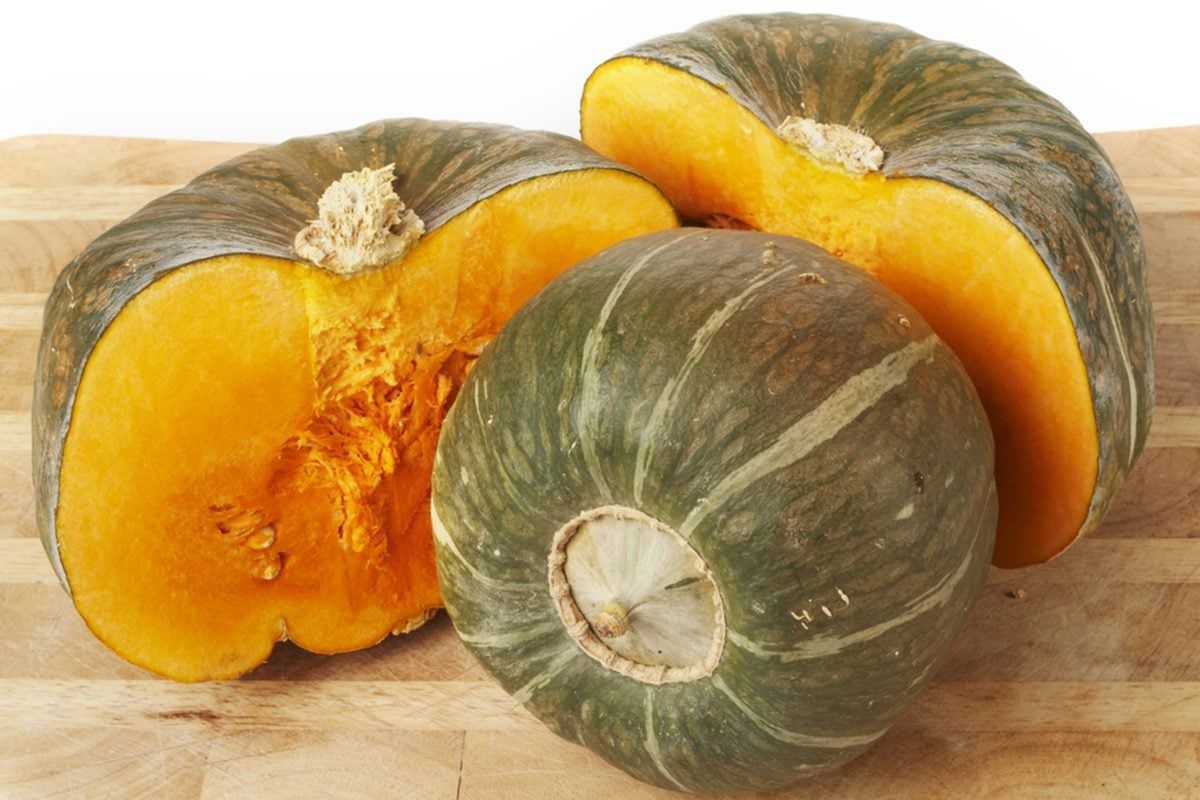
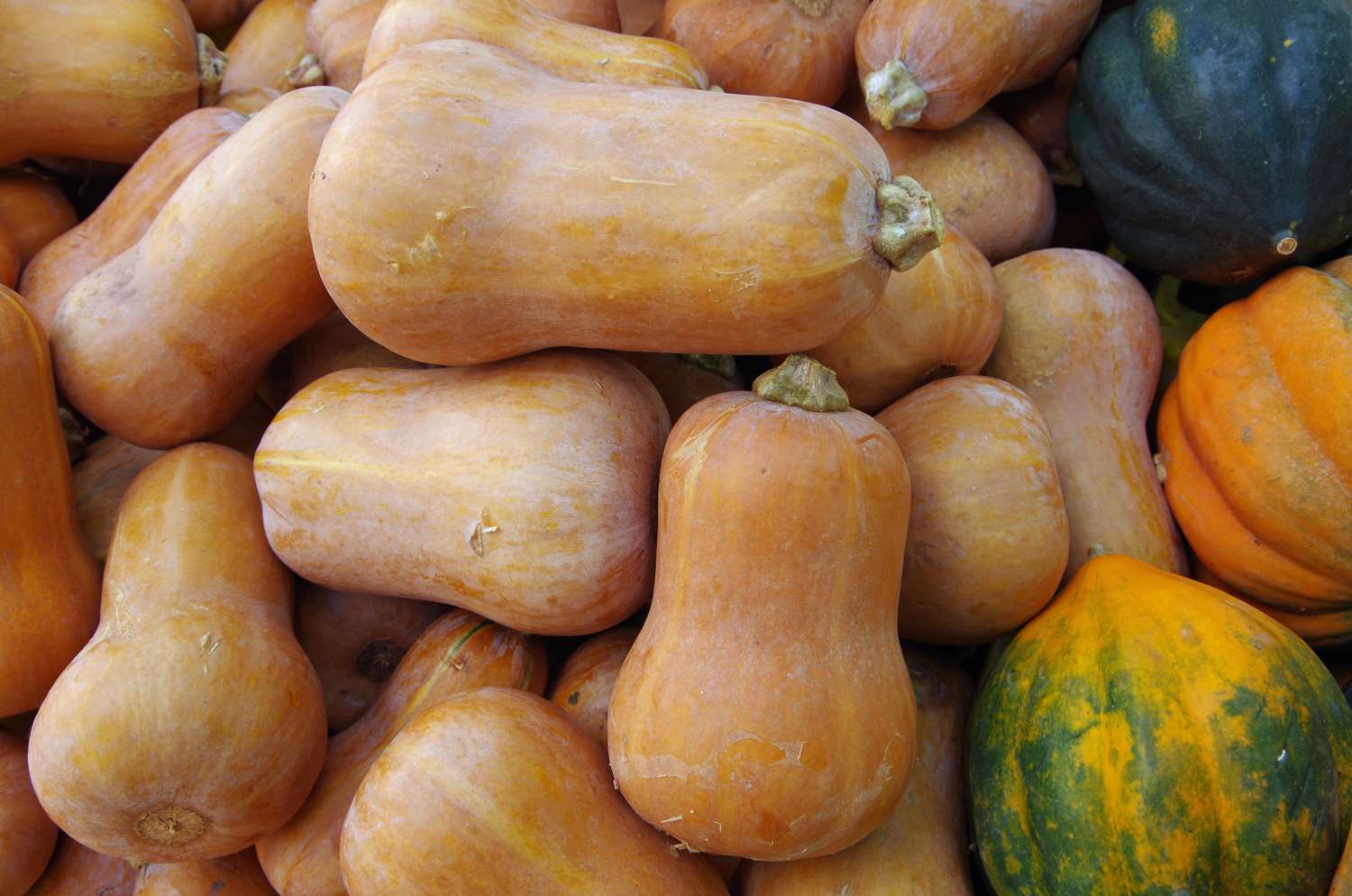
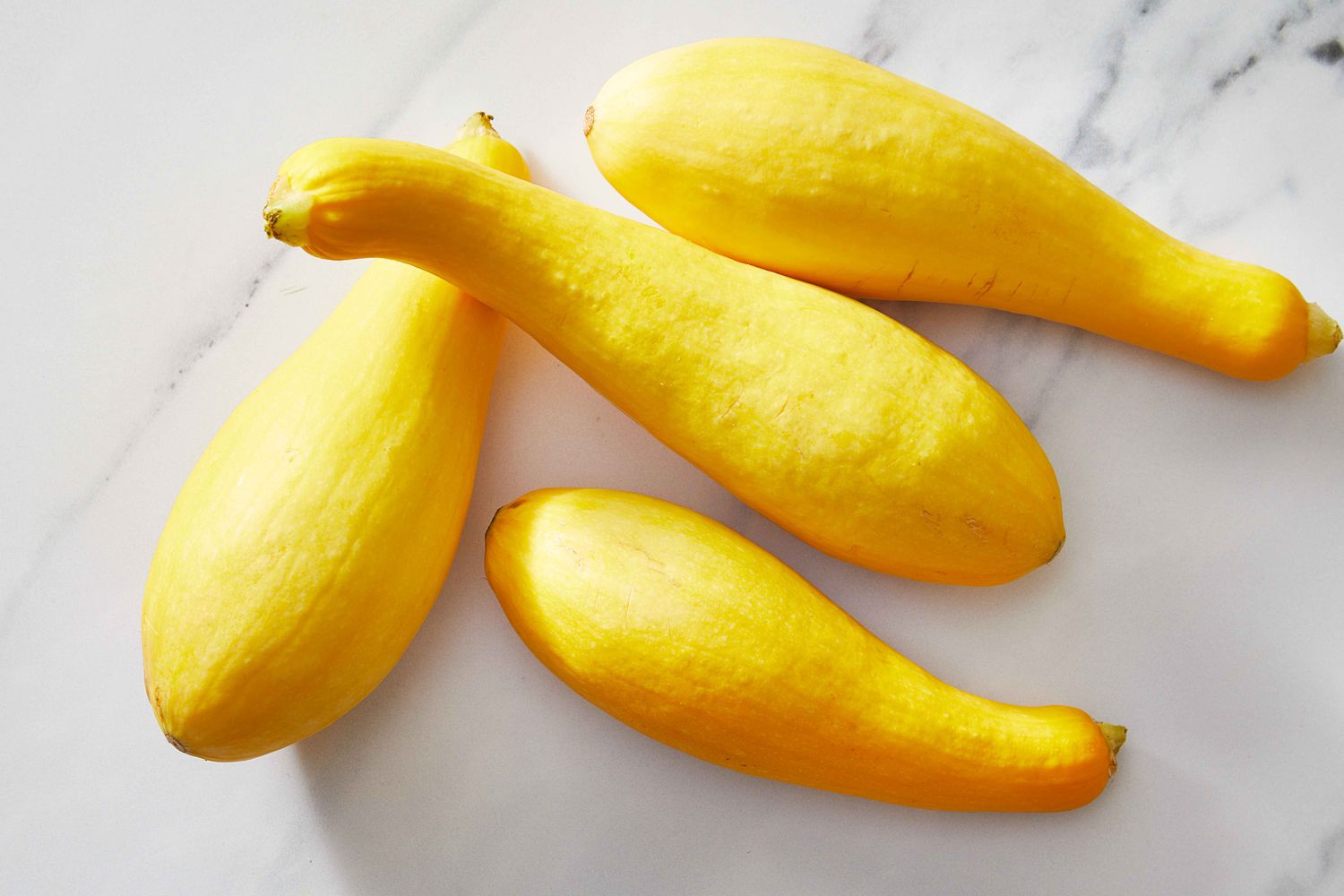
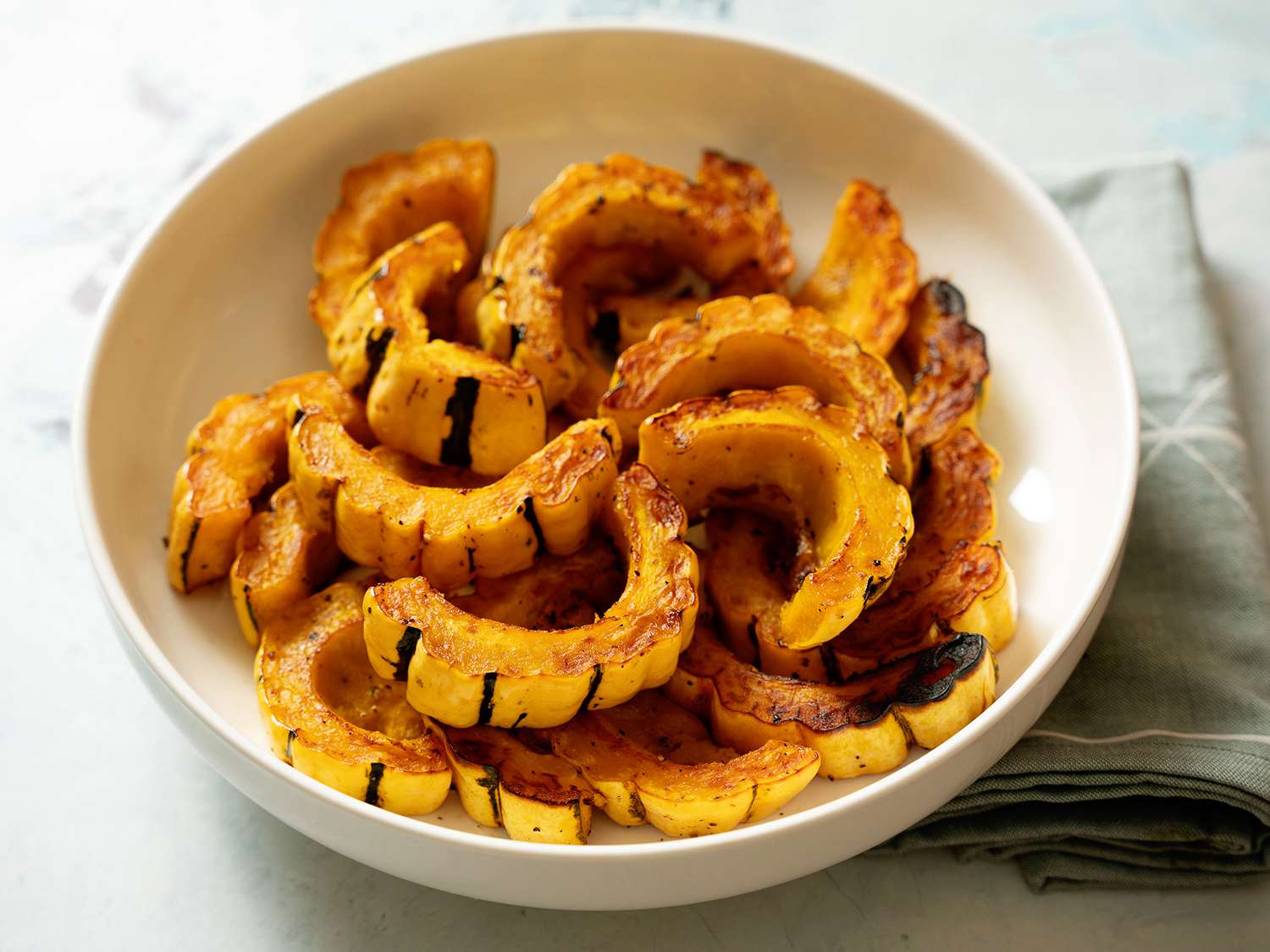
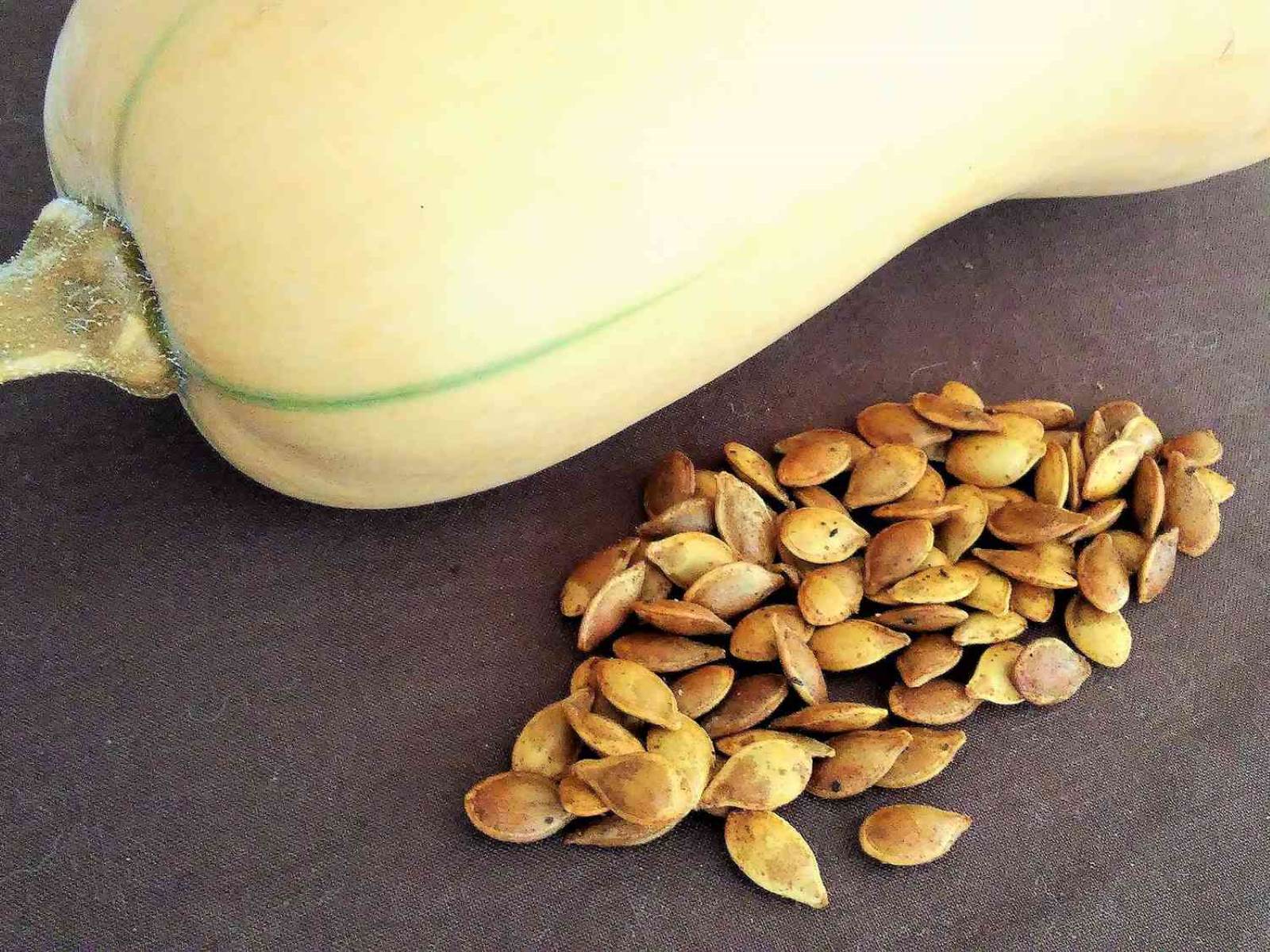
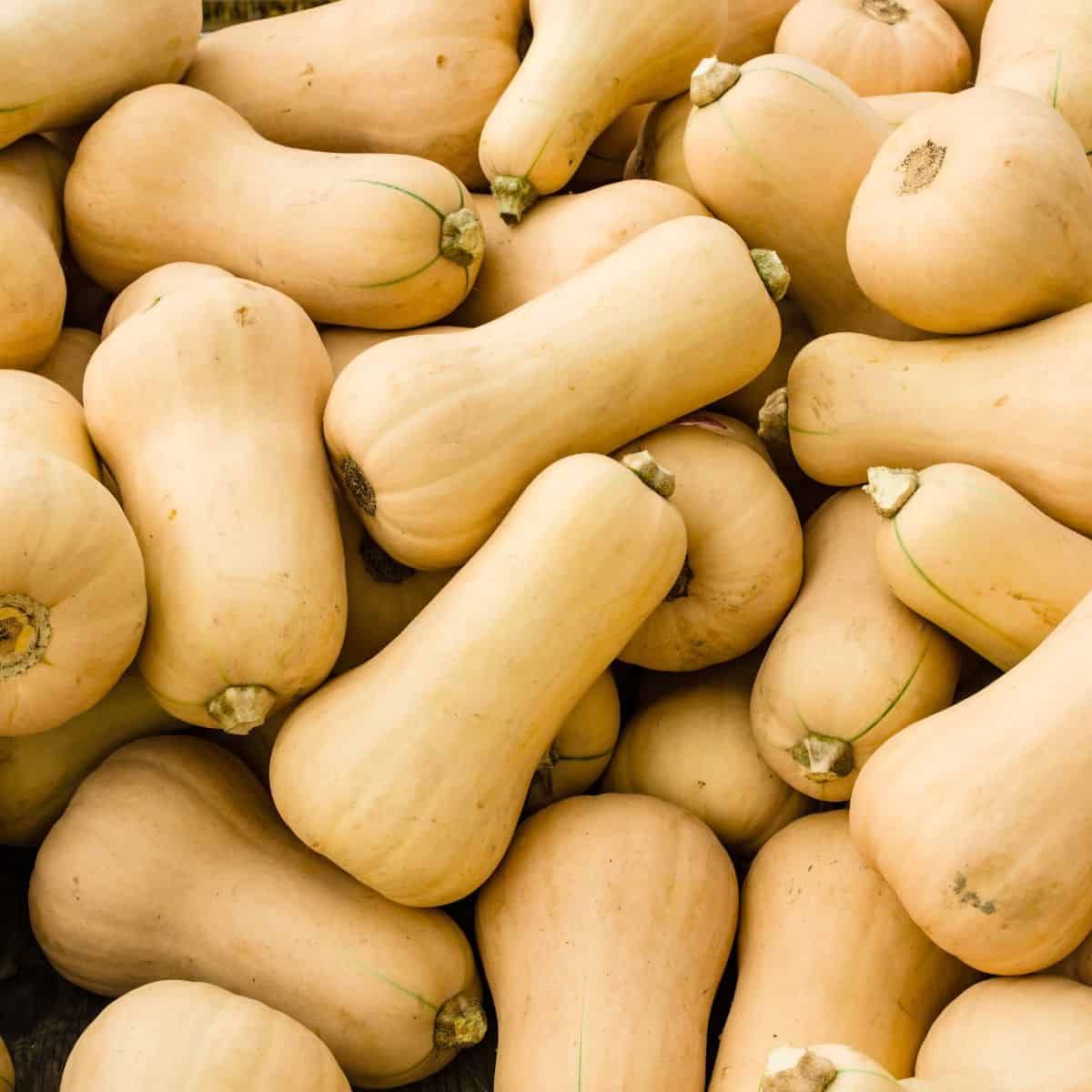
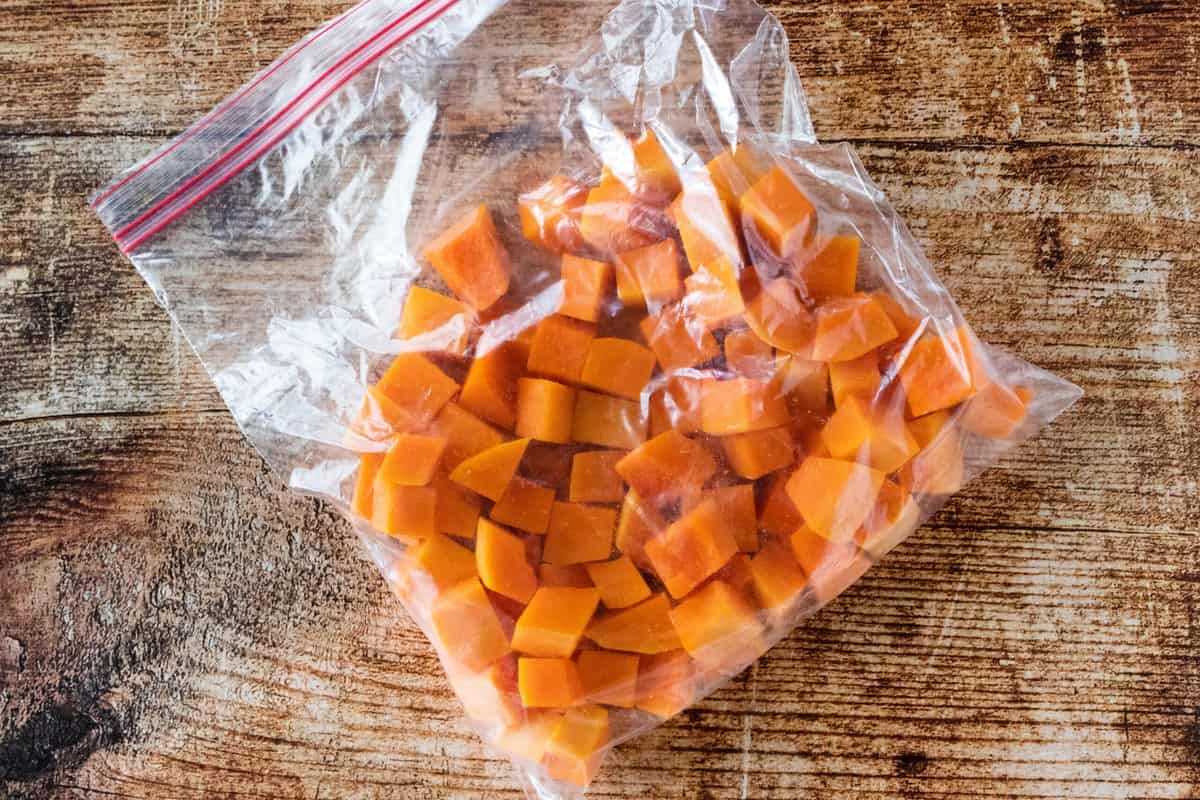
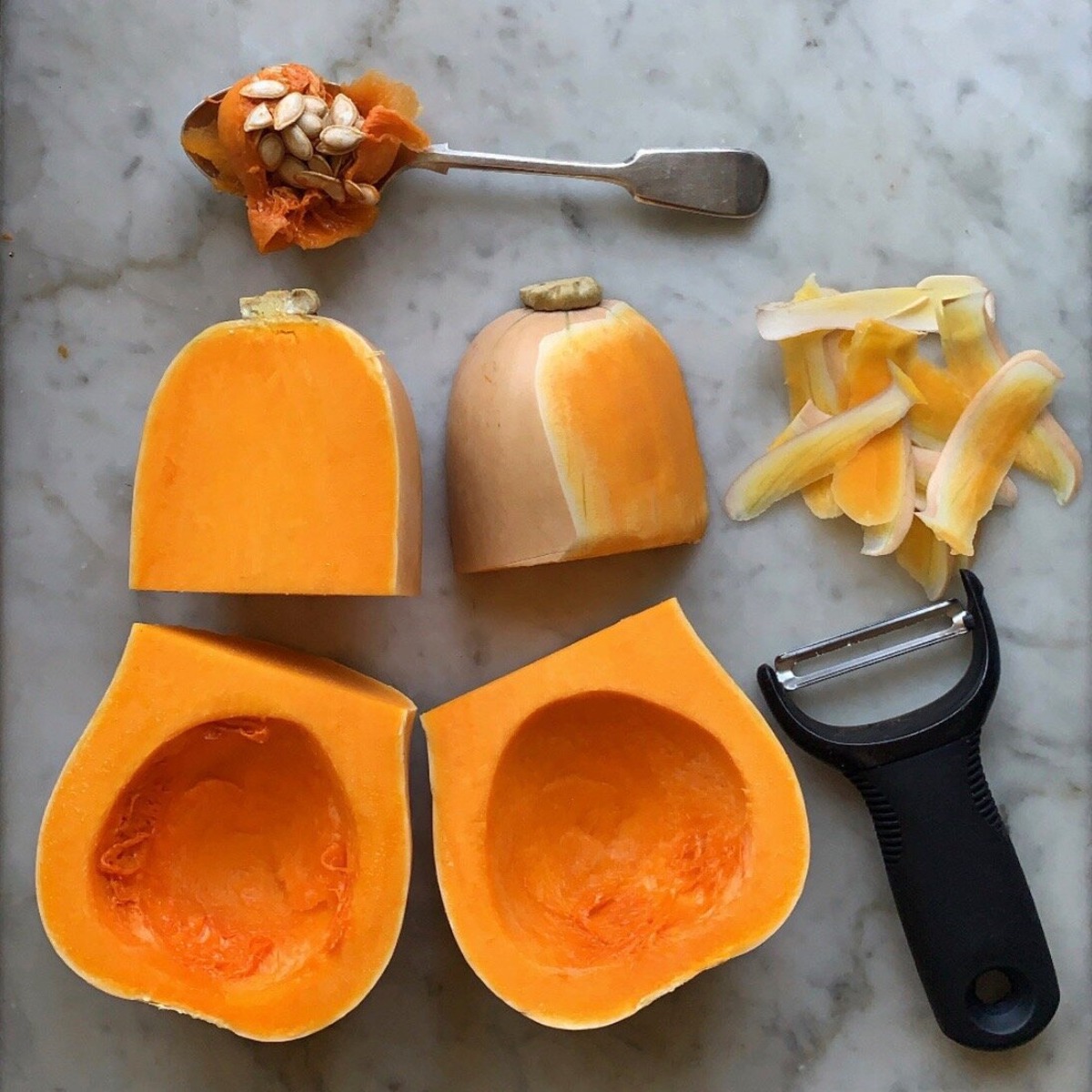
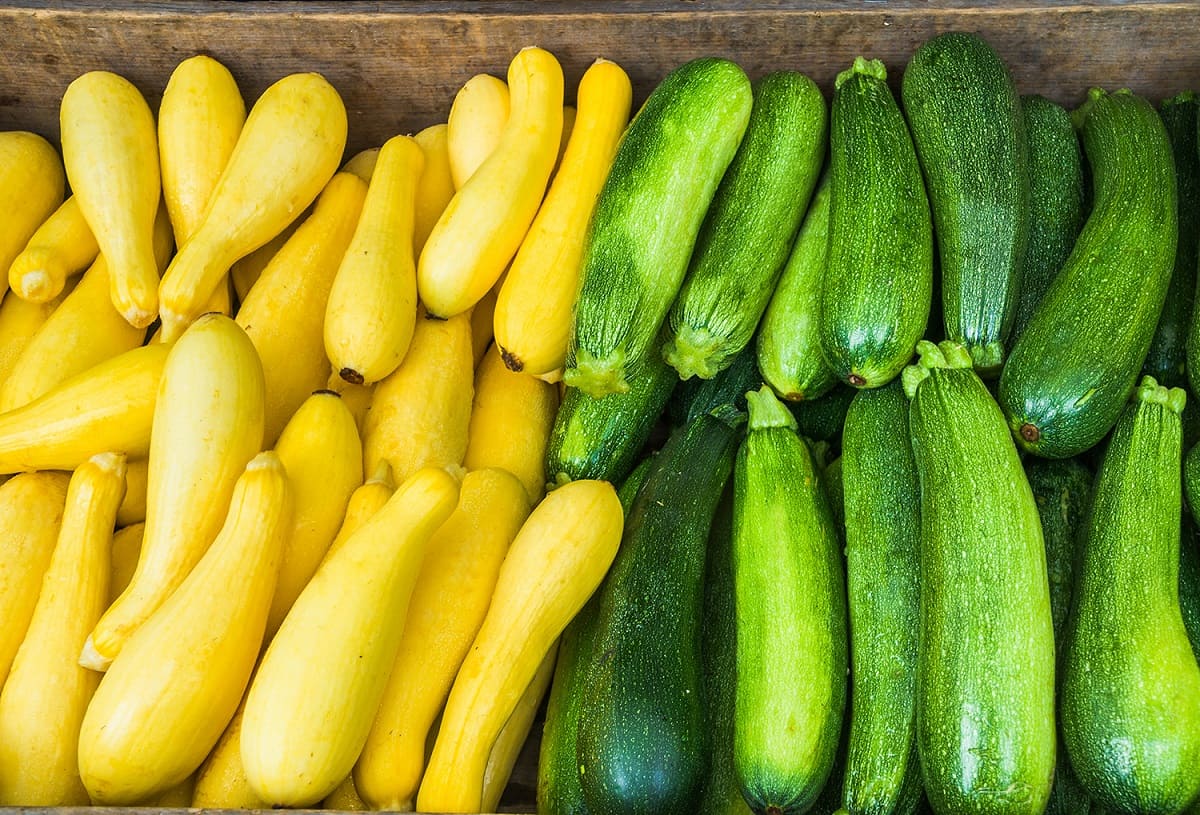
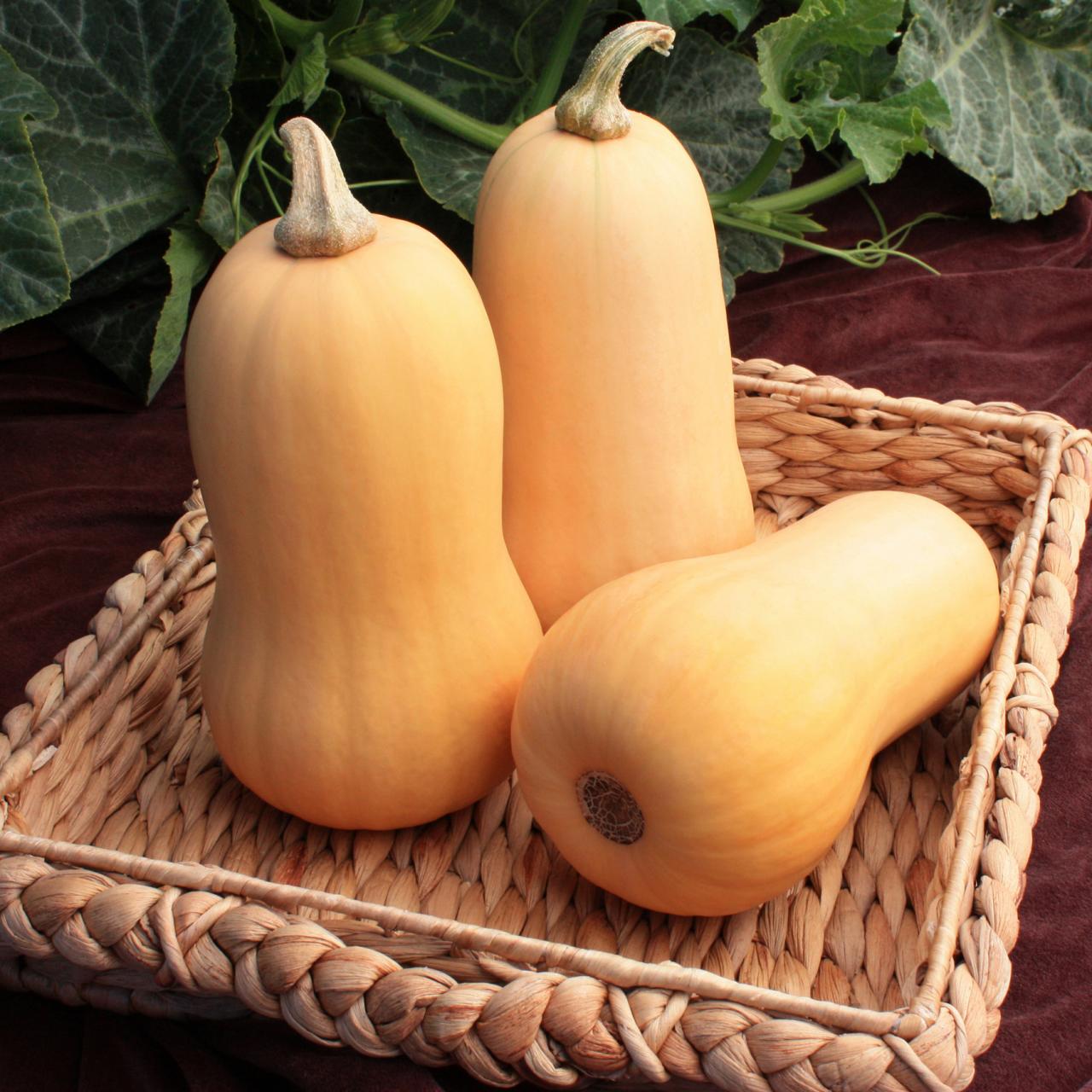

0 thoughts on “How To Store Kabocha Squash”